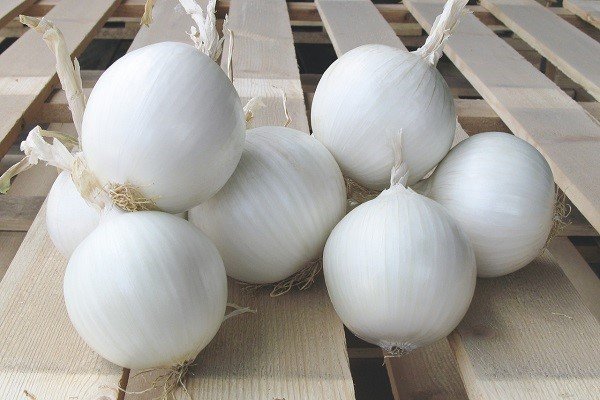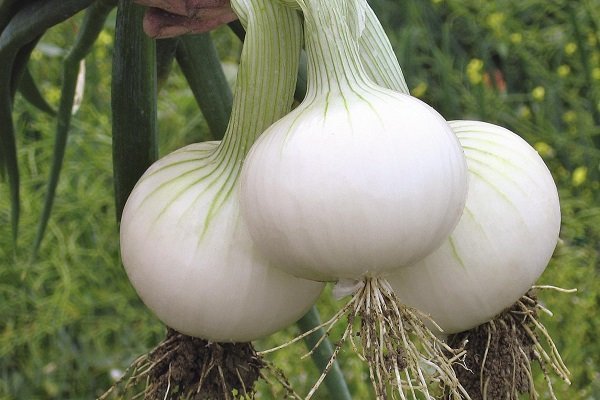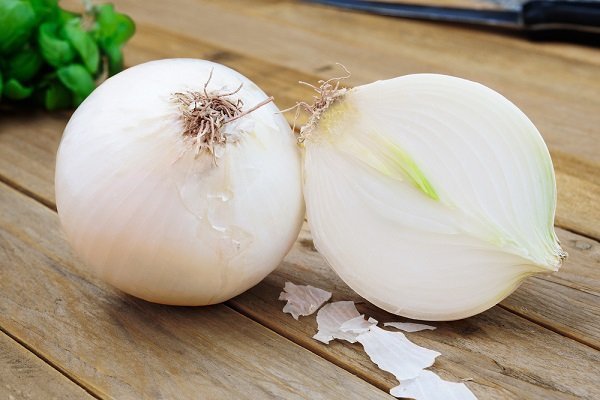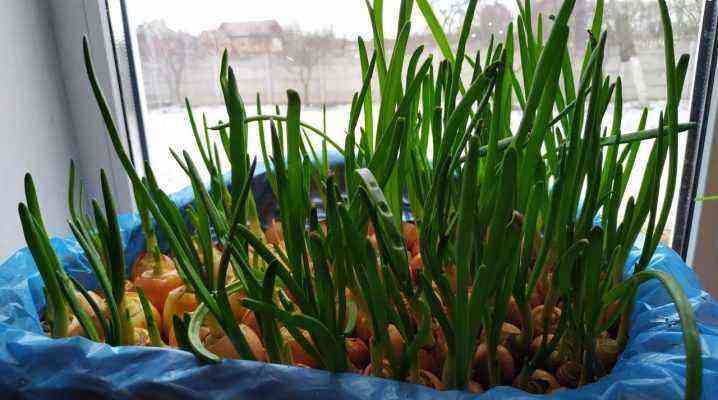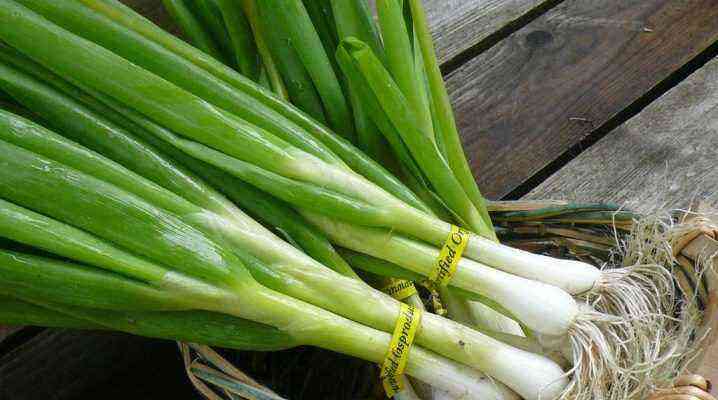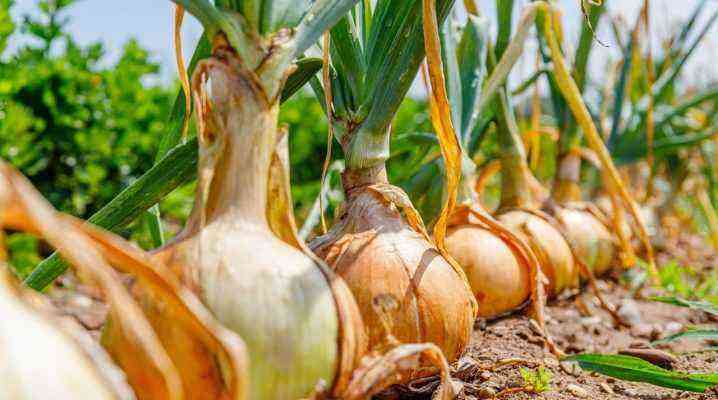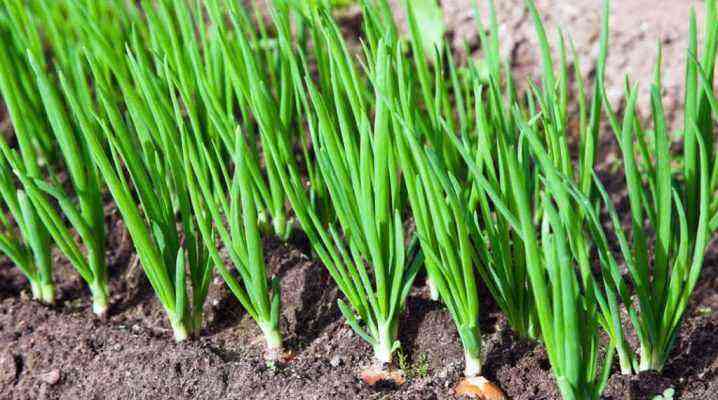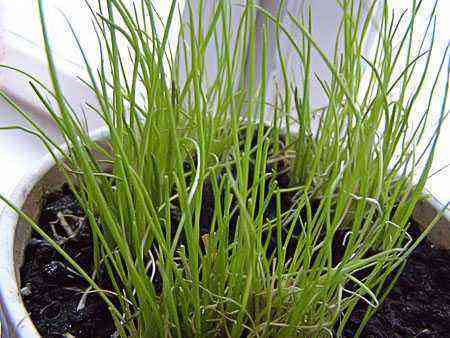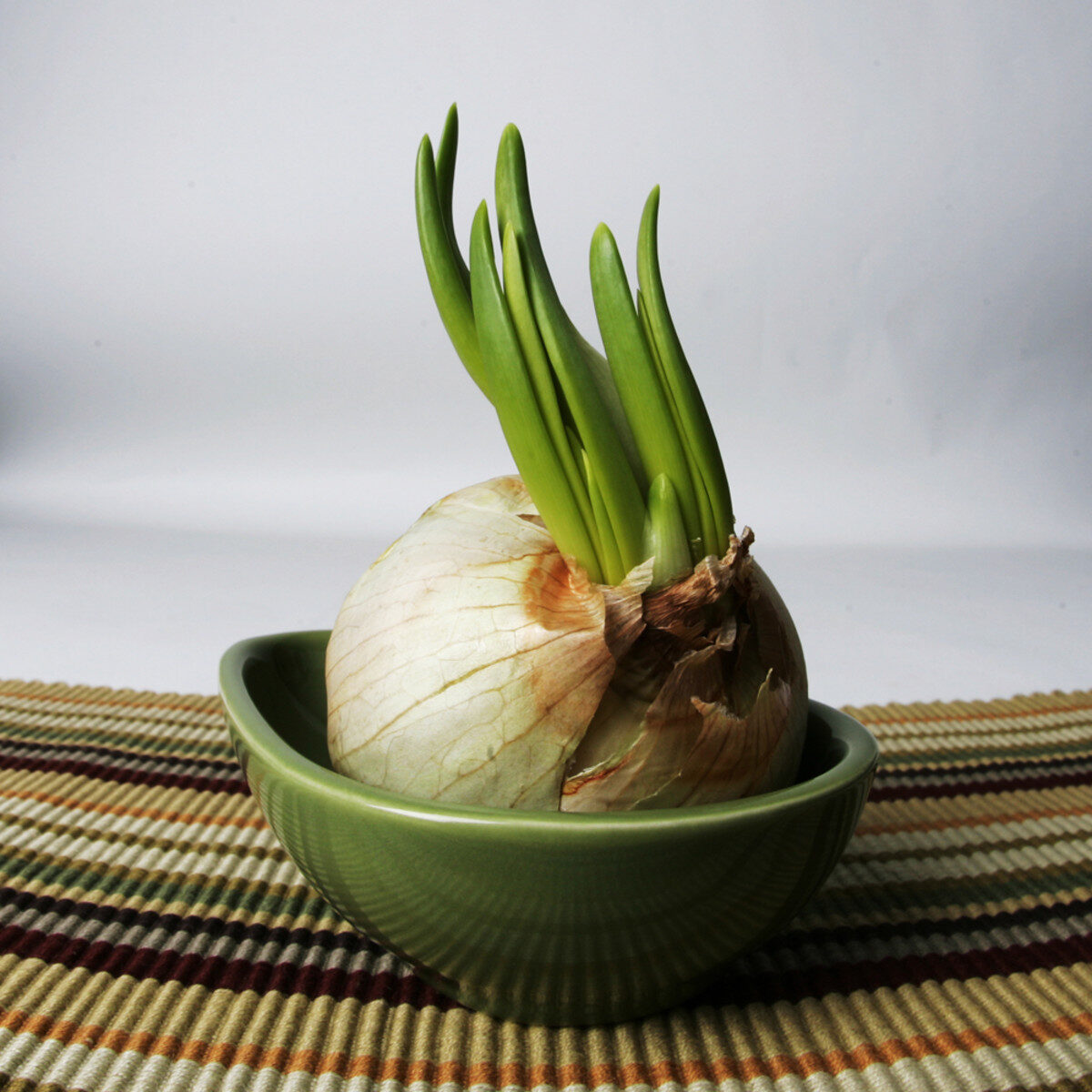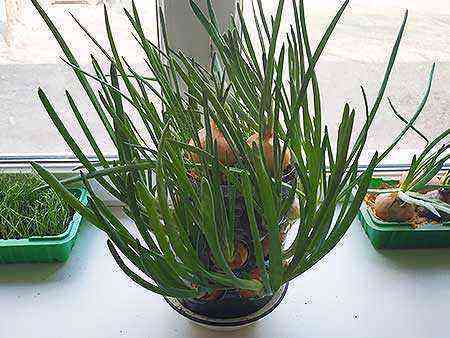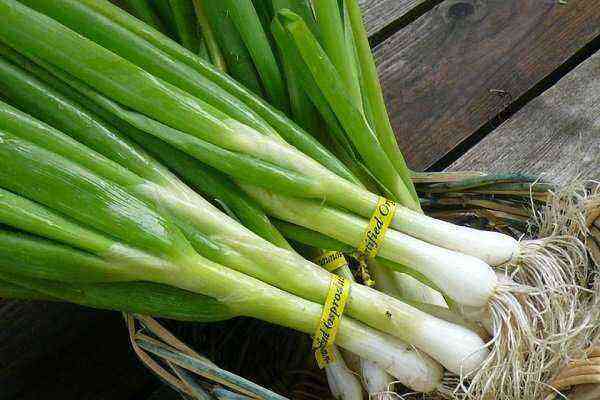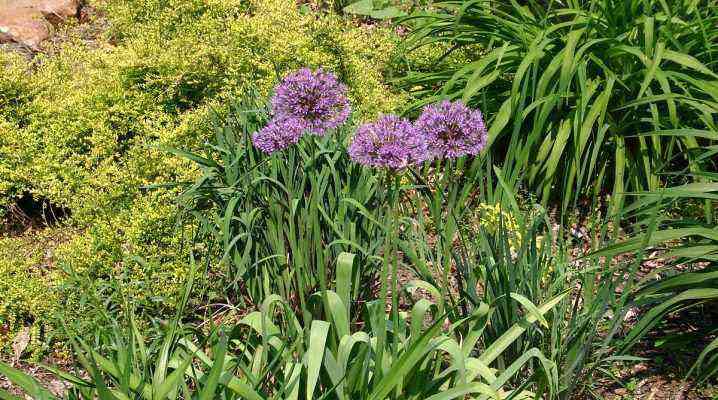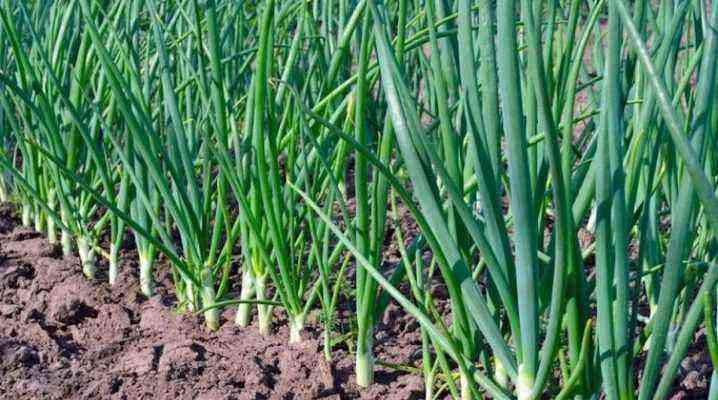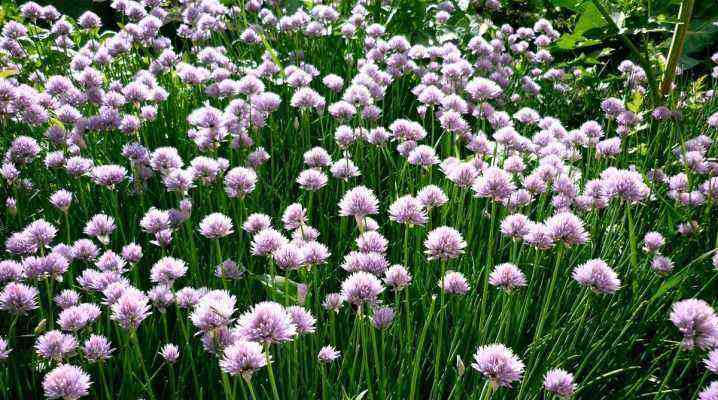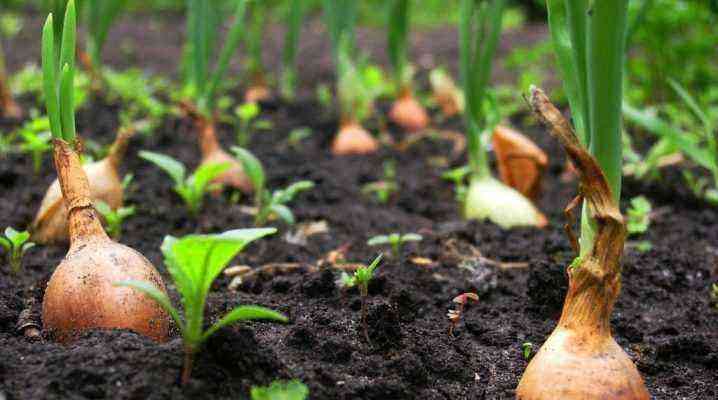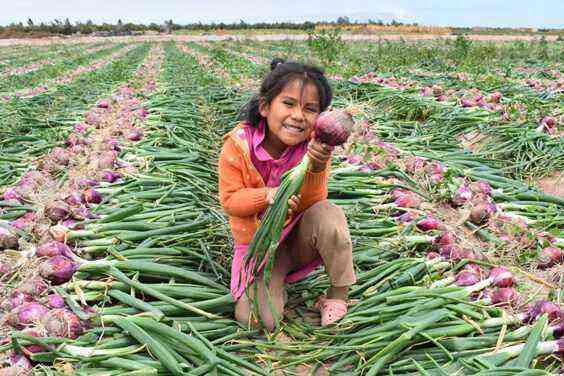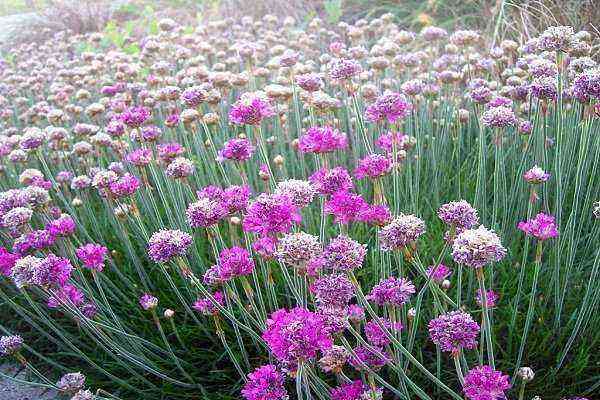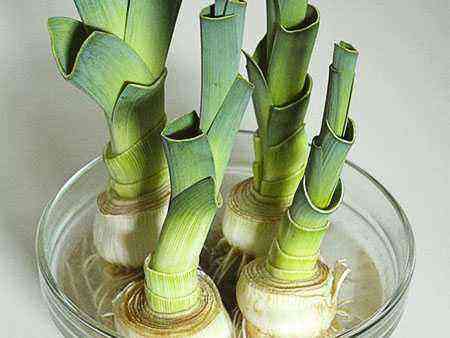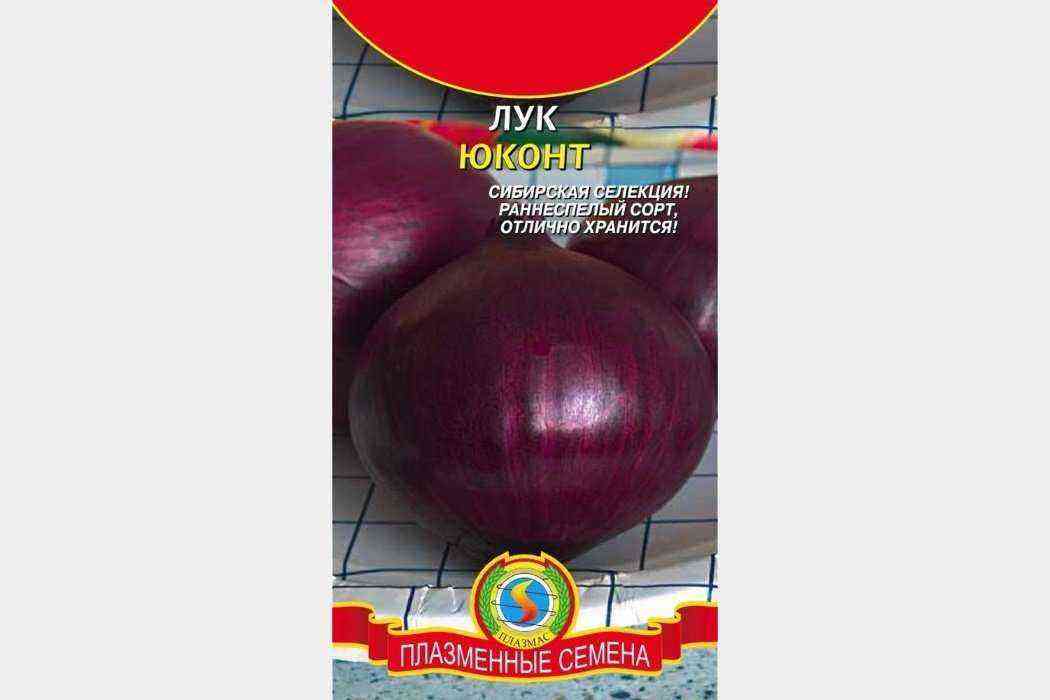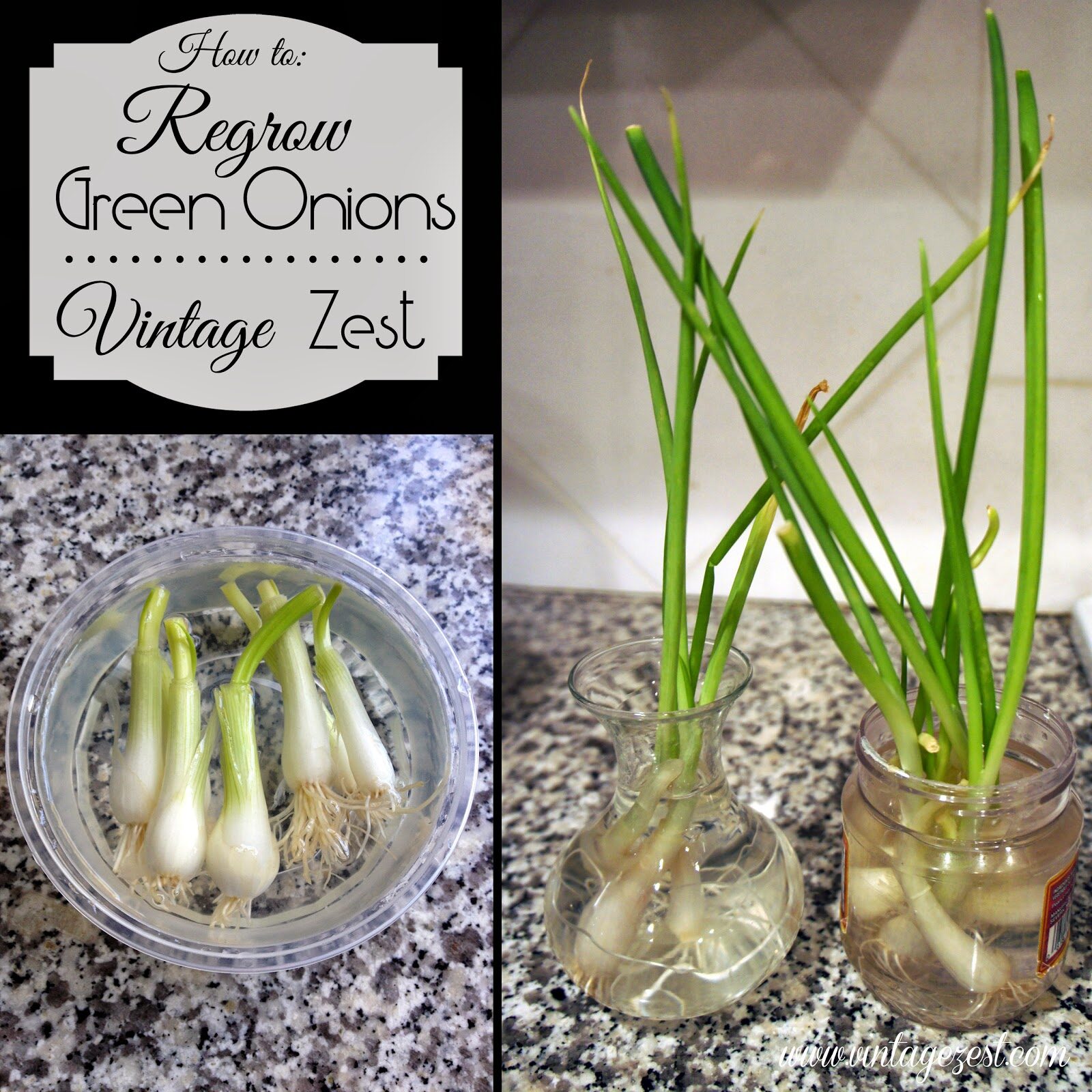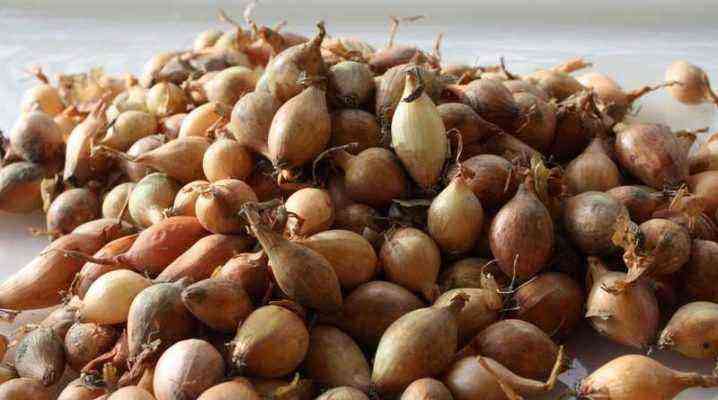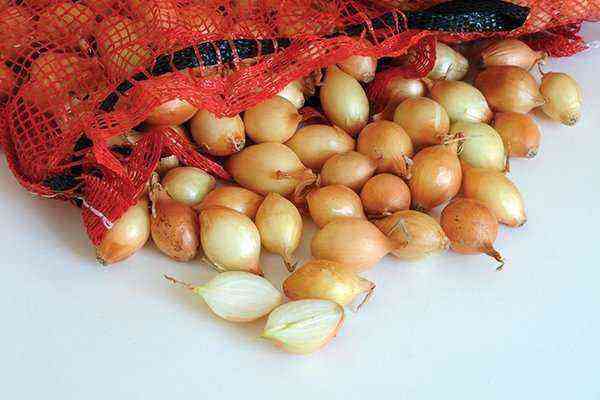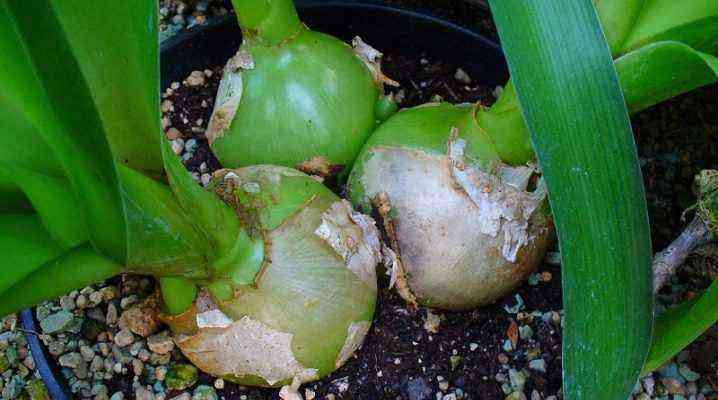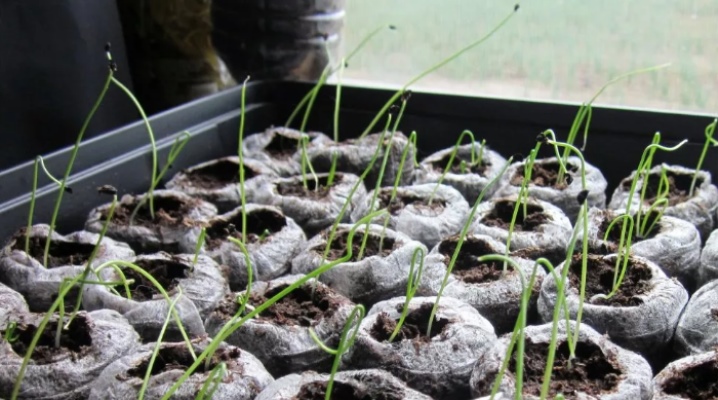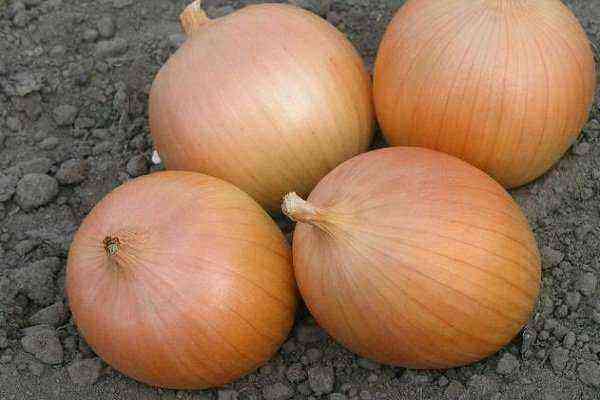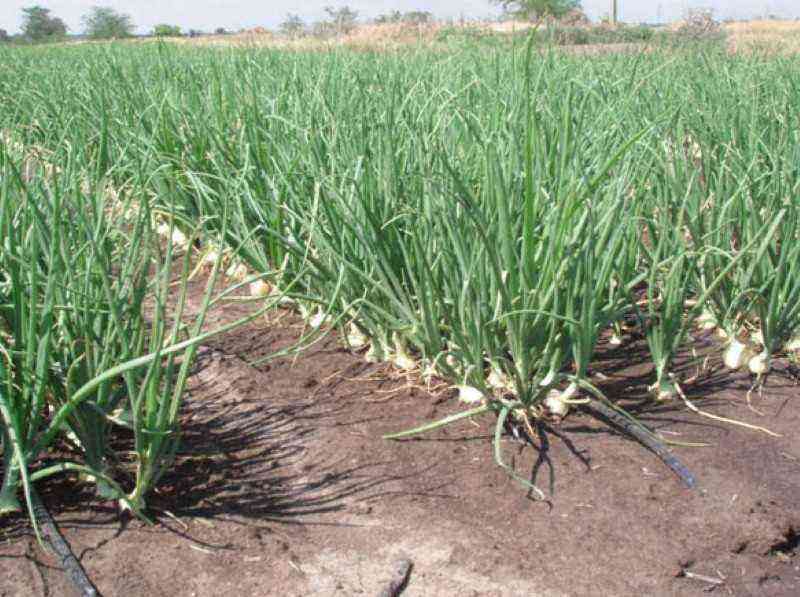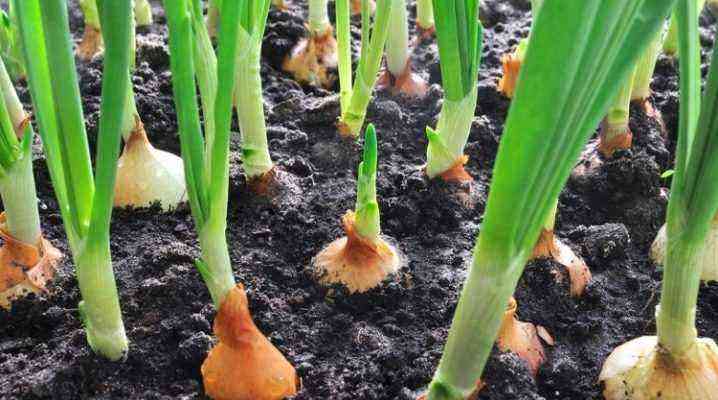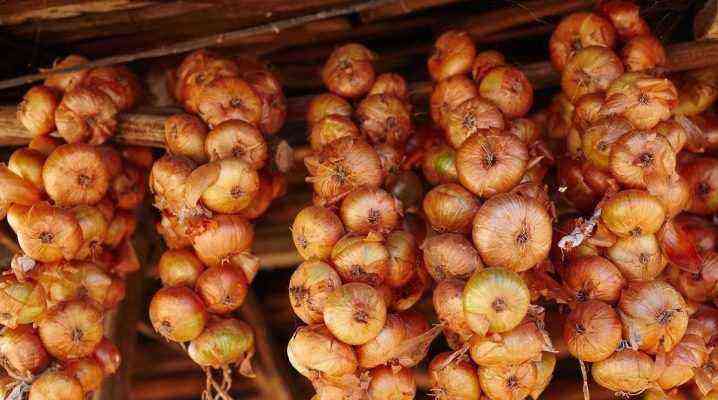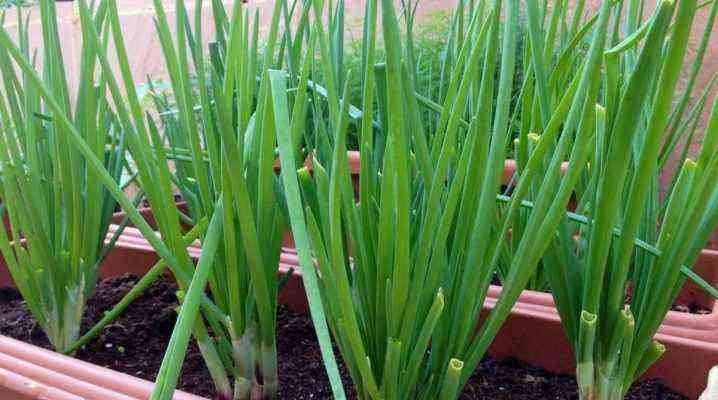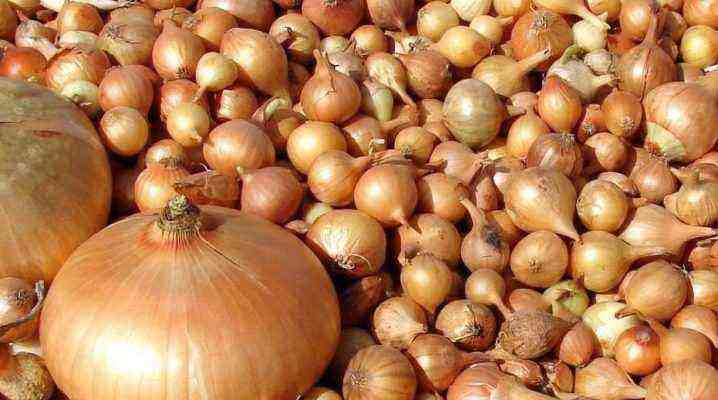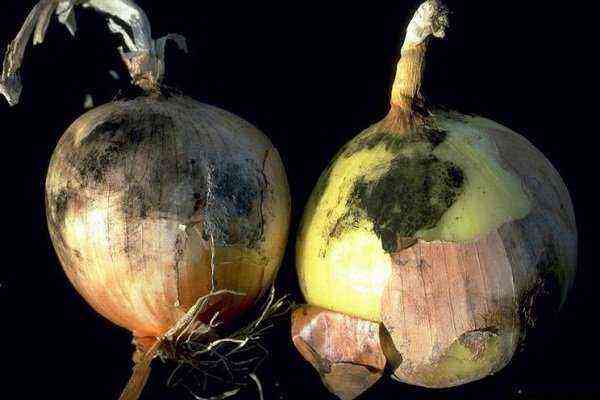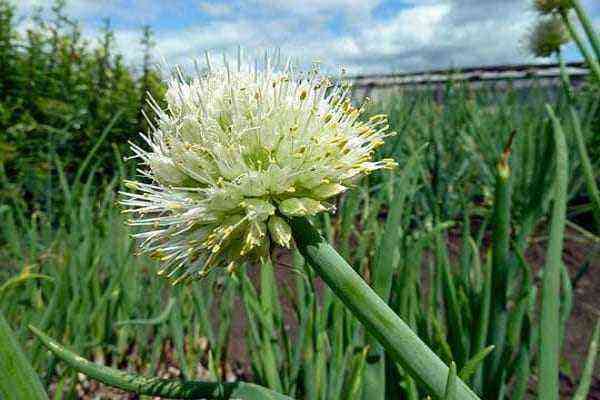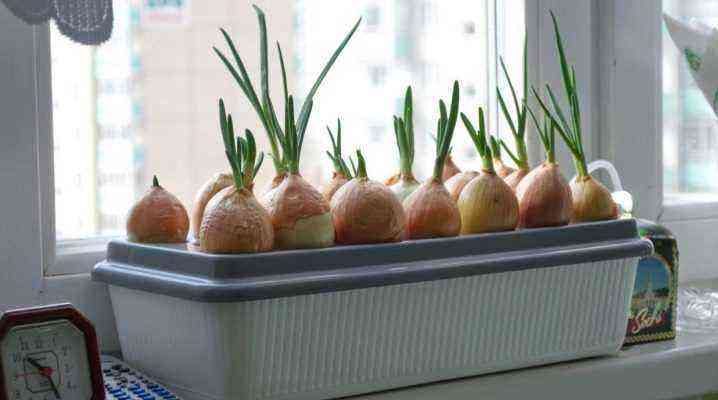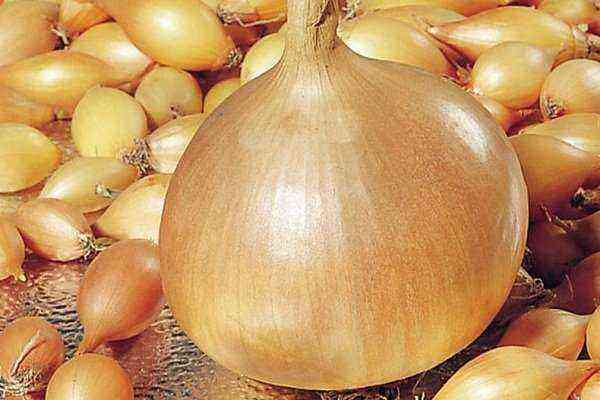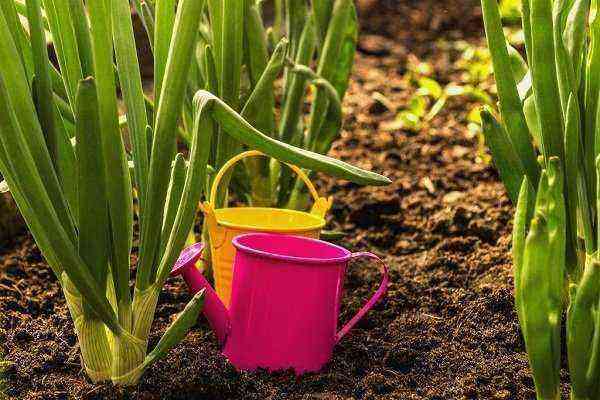Onion Stardust is an F1 hybrid, which was bred by Dutch breeders in 1999. It has been grown in Russia for about 20 years, cultivated in all regions of the country. Refers to perennial varieties. From it in the first year of cultivation, you can collect a lot of greenery, in the second – heads.
Description of the bow Stardust
Variety Stardust is characterized by intensive forcing of the feather part in the first year of planting. To get full-fledged bulbs, sevok is planted in the second year. This is an early ripe crop, so the sowing time falls on the first days of May.
It is distinguished by increased resistance to pests and diseases, unpretentious care, loves a lot of light, does not tolerate a very cold climate. It is subjected to shooting, therefore it reproduces in different ways.
Appearance
You can recognize the Stardust onion variety by external and other signs:
- head shape – round, prismatic;
- husk color – white;
- taste – specific onion with sweetness;
- sharpness – medium;
- the size of the bulbs is medium (weight from 40 to 60 g);
- green color – rich green;
- a feature of feathers is a wax coating;
- outlet type – upright, lush;
- pulp shade – white;
- neck – thickened;
- the fit of the scales is loose;
- pulp is juicy.
Excellent taste qualities deteriorate in one case – with insufficient watering during cultivation. Lack of moisture leads to bitterness.
Reproduction
The Stardust variety is intended for propagation by seeds that are obtained from arrows. However, many farmers and gardeners use bulbs that are planted in the first year for green mass. Therefore, Stardust can be propagated in 2 ways.
Ripening time and yield
Onion Stardust fully ripens 58-60 days after planting the seed material. Accordingly, subject to the agrotechnical rules of cultivation. Thus, having planted onions in early May, the harvest is carried out in early July.
The variety has a high yield. If the bulbs weigh 40-50 g, then from 1 sq. m can be harvested up to 3-4 kg (when grown on a feather), with a mass of heads of 50-60 g, the yield per 1 sq. m is 4-6 kg. Onions are varietal, so there is the possibility of increasing the number of bulbs and their weight.
Properties and composition
White onion has a high content of nutrients, therefore it is used in folk medicine as a healing agent.
Composition:
- vitamins – group B (1, 2, 6), C, PP, E, kaempferol;
- organic acids;
- glucose;
- glukinin;
- amino acids;
- flavonoids;
- phytoncides;
- micro and macro elements – boron, fluorine, copper, phosphorus, manganese, calcium, potassium, iron, sulfur, magnesium, sodium, silicon, rubidium, molybdenum, cobalt, chromium.

Due to the rich composition, the Stardust bow has a mass useful properties, which allows you to use the vegetable in the following cases:
- Antibacterial action – pathogenic microorganisms are destroyed when they are affected by viruses, bacteria and other infections. These are respiratory diseases, diphtheria, tuberculosis, streptococcal infection, etc.
- Strengthening the immune system, thanks to which a protective barrier is built in the body.
- Expectorant effect – onion is used for pathologies of the upper respiratory tract.
- Saturation with useful vitamins for beriberi.
- Normalization of blood sugar levels in diabetes mellitus.
- Diuretic properties – in diseases of the kidneys, edema.
- Removal of harmful cholesterol from the body – with atherosclerosis.
- Skin whitening with pigmentation.
- Alignment of complexion, refreshment.
- Beneficial effect on the nasal passages with a runny nose.
Scientists of the world conducted repeated experiments, as a result of which it was revealed that freshly squeezed juice activates the production of sperm, has an exciting effect. And in ancient Egypt, white varieties of onions were considered musk for the poor.
Advantages and disadvantages
Advantages Stardust port:
- excellent germination rates;
- high yield;
- minimal care;
- resistance to diseases;
- use as a remedy;
- good keeping quality and transportability;
- duration of storage;
- the possibility of using both annual and perennial plants;
- excellent taste qualities;
- ease of cleaning the husk (since the scales do not fit snugly);
- early maturation.
Disadvantages:
- the need to buy seeds;
- with a lack of moisture, the taste becomes bitter;
- when waterlogged, the onion rots.
Where to use?
The scope of the Stardust bow is quite wide:
- preparation of first and second courses, salads, appetizers;
- industrial drying;
- the use of fresh heads and greens;
- canning and marinating.
You can see the Stardust bow, as well as find out its main characteristics from the video below:
Cultivation from seeds
Growing Stardust onions from seeds is the main breeding method, which involves the preliminary preparation of planting material. Seeds can be planted immediately in open ground or seedlings.
Pay special attention to the soil mixture – it must be fertile. To do this, it is better to purchase a special universal substrate in the store. But you can mix garden soil with peat and compost. Before sowing, be sure to disinfect the soil by heating it in the oven for 10-15 minutes.
Seed preparation
Seeds bought in the store do not need to be disinfected – only germinated. But planting material collected at home requires special preparation, which is carried out in several stages:
- Calibration, that is, the rejection of material unsuitable for planting. Carefully inspect the grains, removing damaged elements. Place the seeds in warm water for 3-4 hours – healthy seeds will remain at the bottom.
- Seed disinfection is a mandatory procedure, since seeds can contain pests, their larvae and pathogenic microbes, due to which diseases develop. Disinfection is carried out with a weak solution of manganese for 20 minutes.
- To speed up the germination process, you can keep the bulbs in a growth stimulator (drugs are sold in the store).
- Warming up. Pour the seeds with water, the temperature of which is +40 degrees. Withstand 30 minutes.
- Germination. The seed is wrapped in a gauze flap, placed on the bottom of a flat container (plate, saucer), poured with a small amount of warm water. Be sure to cover the container with cling film to create a greenhouse effect.
Until the seeds hatch, open the film daily to allow oxygen to enter. Otherwise, the seeds will become moldy. It is enough to air 20-30 minutes a day.
Container preparation
During the formation of the root system in onion crops, elevated temperatures are excluded, since the root develops better at an average temperature regime. Therefore, the container for seedlings should have low thermal conductivity. Other requirements for the selection and preparation of containers:
- the size must correspond to the place of installation (parameters of the window sill, table);
- holes are made in the tank on the sides and on the bottom to create drainage (liquid drainage);
- the container should be rigid, but light for ease of transfer;
- before planting seeds, the container is treated with antiseptic agents.
You can plant seed material in plastic cups, peat pots or cassettes, wooden boxes, plastic containers.
Planting seeds
Sowing seeds for seedlings: end of February – beginning of March. Landing process step by step:
- put expanded clay pebbles in one layer in the prepared container;
- pour the prepared soil on top (at least 15 cm), level the surface;
- make grooves 1-1,5 cm deep with a distance between rows of 3 cm;
- sow the seeds every 1-2 cm;
- sprinkle 0,5 cm of soil mixture on top;
- spray the surface with water from a spray bottle;
- cover with glass, lid or plastic wrap;
- put the container on the windowsill on the sunny side for the formation of seedlings (8-11 days are enough).
Care instructions
Until the first sprouts appear, do not forget to take care of the seeds – open containers for ventilation every day, periodically water with warm settled water, maintain the temperature within + 22-24 ° C. When seedlings form, remove the cover and do not use it again. Further care is as follows:
- Carry out thinning if the seeds were planted at a distance of 1 cm. There should be 2 cm between them.
- The air temperature should not be lower than +18°С, higher than +20°С.
- Watering should be carried out as the substrate dries up – the soil should not be too moist and dry.
- Onion Stardust is a photophilous plant. Light day should be 12 hours. During the cultivation of seedlings, there is not enough lighting, so install lighting devices (LED, phyto or fluorescent lamps). The distance from lighting to seedlings is 22-25 cm.
- A couple of weeks after sowing the planting material, fertilizers are applied. Top dressing is carried out every 12-14 days. What to use: chicken manure (diluted with water in a ratio of 1:10), a mixture of 5 g of potassium chloride, 20 g of superphosphate, 10 g of urea, 10 liters of water.
- After the appearance of three feathers, pinch – shorten the greens by 2/3 of the entire height. Thanks to this manipulation, the seedlings will not break.
- About 10 days before transplanting into open ground, seedlings are hardened off, which makes it easier to adapt to new conditions. To do this, take the boxes to the open air daily, starting from 10 minutes, gradually increasing the time to 2 hours.
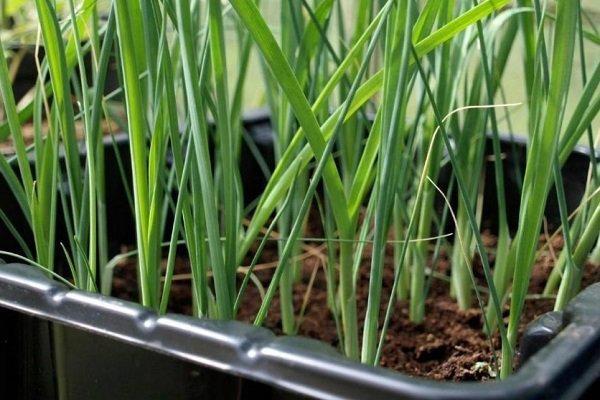
Transplantation in open ground
Seedlings are planted in garden beds in 50-60 days. How the transplant is carried out:
- Pour plenty of water over the seedlings in the container. Carefully remove the seedlings by prying with a spatula. After that, shorten the roots, leaving a length of 3-4 cm.
- Prepare the site – it should be well lit and be calm. Starting in the fall, add humus or compost to the beds. In the spring, level the surface, fill it with hot water and cover with polyethylene for 3 days.
- Before planting seedlings, scatter wood ash over the area, dig holes. Leave 20-30 cm between rows, the distance between seedlings is 10 cm.
- Insert seedlings into the holes, sprinkle with soil, tamp.
- At night, if frosts are planned, cover the seedlings with plastic wrap.
- To maintain the level of moisture in the holes, it is recommended to lay mulch under the bushes from any natural material – foliage, tops, weeds, hay, straw, sawdust.
Growing sevka in open ground
Before planting the seedlings, the bulbs are prepared – inspected for suitability (there should be no damage, dark spots, signs of rot or overdrying). Be sure to remove the top layer of husk.
The bulbs are disinfected in a solution of potassium permanganate, then washed and dried. Immediately before laying on the beds, the top is cut off to speed up the germination process. It is recommended to cut off 1/3 of the roots before planting, and then place the heads in the mullein solution.
Site selection and preparation
The area for white seedlings should not be shaded and windy. Plantings in the form of bushes and trees nearby are excluded. The preferred soil is black earth, sandy or loamy, but with neutral acidity. If the reaction is too high, the acid can be neutralized with lime and wood ash. Unsuitable soil – clay and heavy.
Site preparation rules:
- In autumn, immediately after harvesting, the site is dug up, which creates looseness. Fertilizers are applied to the soil – organic matter and minerals. For 1 sq. m take 15 g of potassium chloride, 20 g of double superphosphate, 5 kg of humus, 8 kg of compost, 0,5 kg of ash. With very poor soil, chicken manure is additionally used.
- In the spring, the garden is loosened by applying mineral fertilizers: ammonium nitrate (20 g per 1 sq. M), potassium chloride and superphosphate (the dosage is identical to autumn top dressing).
The planting process
After loosening, level the surface of the garden with a rake, then dig holes according to a certain pattern: row spacing – 20 cm, distance between bulbs – 7-10 cm, bookmark depth – 4 cm. Next, go directly to planting:
- Pour plenty of water into the wells, let it soak completely.
- Plant the bulbs, sprinkle with soil, compact by hand.
- Sprinkle peat around the seedlings.
- For speedy rooting, the next day, humate is introduced in liquid form, after which the area with the bulbs is mulched.
To grow sevka on green mass, the heads are planted close to each other, so you can get a high yield of feathers. For 1 sq. m place 240-260 bulbs.
Further Care
In the cultivation of Stardust onions, not only the process of preparation and planting is important, but also further care, on which the level of yield and germination of planting material largely depends.
Basic rules:
- Watering should be medium so that the soil does not get wet and does not dry out. Average moisture levels are once a week in temperate climates and every 1 days in extremely hot conditions. Dosage for 3 sq. m is 1-6 liters of water. From about the beginning of July or the end of June, depending on the planting time (this is 7 weeks before harvesting), moisture is completely stopped.
- Additional fertilizing carried out three times per season. The first time organic and mineral fertilizers are applied during the period of growth of the root system. Urea or saltpeter, slurry or chicken manure is used. The second time a complex composition is required for the development of green mass – herbal infusions, wood ash, Nitroammophoska and other specialized preparations based on minerals (phosphorus, nitrogen and potassium are especially required). The third time feeding is needed at the stage of head formation, therefore, superphosphate, potassium monophosphate, wood ash are used.
- Weeding and loosening. Procedures are carried out after watering as weeds grow.
- Mulching not necessary, but desirable, as it allows you to reduce the amount of watering, prevents the growth of grass.
Pests and diseases
The Stardust variety is usually free from diseases and pests, but under adverse conditions it is possible. Diseases and damaging insects:
- Downy mildew or downy mildew. Signs – wilting of greenery, the formation of spots of light shades and plaque on the feather part. With progression, the bulb is also affected. This fungal disease is treated with fungicides, but only if the onion is grown on a turnip. When the target is a pen, other methods are used. For example, watering completely stops, which eliminates further decay. Potassium and phosphorus are introduced into the soil, the damaged elements are destroyed.
- Rot gray manifested by a putrefactive formation at the cervical base and on the bulbs. The treatment is identical to the previous one, since this is a fungal disease.
- Bacteriosis – also a fungal disease in which the head rots, an unpleasant odor forms. Treatment corresponds to the two previous options.
- Onion fly. Symptoms – damage to feathers, as larvae are deposited in them. The aerial part undergoes drying and yellowing, the bulbs – rotting. For treatment, chemicals are used (Aktara, Mukhoed, etc.) or folk remedies (wood ash, tobacco dust, mole solution).
- Thrips onion. Feathers change color, fade. Treatment consists in the destruction of the affected bulbs and repelling the pest with the help of tobacco dust, ground black pepper, naphthalene.
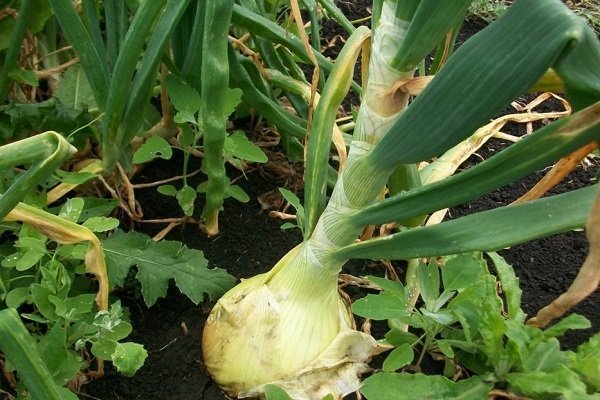
As a preventive measure against all pests and diseases, treat the soil and seed material with disinfectants, carefully inspect the bulbs before planting.
Harvesting and storage of crops
The method of harvesting depends on the purpose of cultivation. If you need a feather for your own consumption, it is cut as it grows. If the greens were planted for sale, the plant is not cut, but pulled out along with the bulbs, after which it is cleaned of dirt.
Rules for the collection and preparation for storage of heads:
- The weather should be sunny and warm, the presence of wind is welcome, as the bulbs are laid out on the beds to dry.
- Try not to pull the roots out of the ground with force – this will damage the neck.
- Use a fork or shovel to collect the vegetable, then gently pull on the tops.
- Spread the heads on the bed for 1-2 days, then shake off the remaining earth, clean from the upper scales.
- The next stage is a long drying in a ventilated room. Onions can be laid on the surface of the floor, table, but be sure to turn the heads 1-2 times a day. The best drying option is to tie the bulbs into small bunches and hang them up. Drying time – 10-20 days.
- Next, cut the tops so that the length of the neck is 4-5 cm.
- The roots are also trimmed a little.
- After that, sorting is carried out – heads with damage, larvae, spots and other defects are rejected. Very small elements are also deposited here. Such onions are not used for long-term storage, they are consumed in the near future.
Storage conditions:
- Onion stays warm for a long time, as it is not exposed to high humidity. The optimum temperature is 18-22°C. The bulbs are placed in wicker baskets, boxes, cardboard boxes, in the pantry. If you do not cut the tops, you can braid braids that are suspended.
- In the cool – at a temperature of 0 to + 3-4 ° C – vegetables must be placed in plastic or wooden boxes, sprinkled with sand, sawdust. The best place is a glazed balcony / loggia, cellar, basement.
5 useful tips
Experienced gardeners are happy to share their own experience, so listen to their recommendations:
- For planting, use only high-quality material, be sure to disinfect and follow all the rules of preparation.
- For rapid germination, the soil temperature should not be less than 10 degrees.
- Always disinfect the soil to destroy pest larvae, weed roots. To do this, you can water the beds with boiling water or irrigate with a solution of manganese.
- Do not plant sets and seeds too deep – this will slow down or even stop growth.
- When forcing a feather, watering is done more often than when growing on a head.
Testimonials from truck drivers
Karina, 32 years old. I love Stardust onions for their unique taste, so I only add them to salads. It is not very spicy, there is a kind of onion sweetness, and juiciness allows you to make cutlets very tasty. Recomend for everybody.
Georg, 44 years old, summer resident. As a family, we grow Stardust in the country. In principle, the variety is not whimsical, it does not require special care, except for watering. It happens that we do not always come to the country. So, because of this, the onion turns out to be bitter (there is not enough moisture, which I later subtracted). To prevent this from happening, we now always put mulch under the bushes immediately after watering with a layer of up to 10 cm. It retains moisture perfectly even in drought.
Natalie Vernikovskaya, 38 years old. I grow Stardust onions every year in my garden, because I use it not only for food, but also for medicinal purposes. Now there are so many recipes for various diseases, but it especially saves with colds and prevents flu during epidemics. For planting I use both seeds and sets. On one part of the beds grows onions for feathers, on the other – for heads.
For Stardust onions, the most important thing is compliance with the irrigation regime. Do not allow drying and waterlogging. Otherwise, it is an unpretentious plant that gives an excellent harvest in each planting year. Onions are valued for their useful properties, they are distinguished by excellent taste and presentable appearance.
